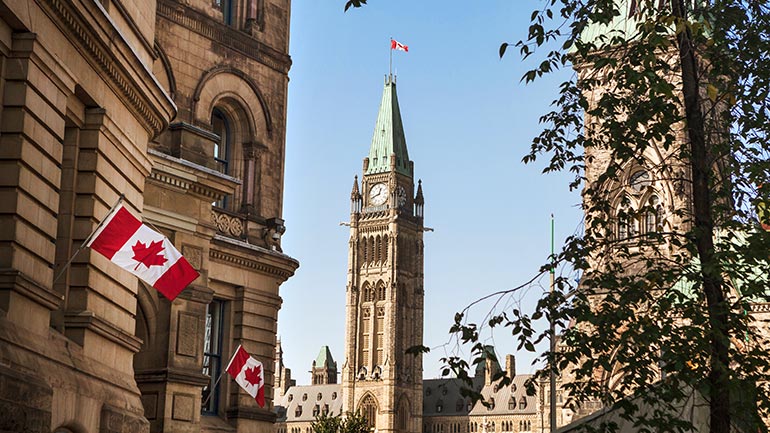October BoC Preview: Throw Caution to the Wind
By: Andrew Kelvin, Robert Both, Chris Whelan, Mazen Issa
October 24, 2022 - 5 Minutes
This all harkens back to Macklem's comment from 2020 that the best way to confront a crisis is to "crush it". In 2020, policymakers avoided a long recession at the cost of higher-than-expected inflation and parabolic property prices. Today, the Bank is looking to crush the inflationary impulse at the cost of prolonged negative per capita GDP growth and a probable recession in 2023H1.
Scales Tilt Towards the Hawks
With the BOS and CPI figures roughly balancing each other out, we are turning to Macklem's media roundtable for the tiebreaker. The Governor's hawkish tone on October 14th appears especially striking now that we have the BoC survey data in front of us. Headlines suggest that Macklem was selectively picking out elements from the outlook and surveys that support a maximally hawkish stance.
The hawkishness feels like a deliberate choice rather than a reaction to the data. Market expectations also play a factor, as the fragile backdrop for inflation expectations will make it difficult for the BoC to deliver a dovish surprise, and markets are now pricing in ~70bps of tightening. On balance, arguments favour a 75bp move. It's not a slam dunk, but we see more notches on the 75bp side of the ledger than the 50bp side.
400bps, Then a Sheer Drop
FX Outlook
Canada will need to feel pain and the CAD will be the barometer for this. We see it as highly probable that USDCAD will trade above 1.40 over time once it becomes clear that the BoC can no longer keep imposing large rate hikes on overly indebted Canadians. Once the BoC transitions to a lower pace of tightening as it nears its assumed terminal rate, the CAD will likely lose further ground.
To see the CAD strengthen would require a relaxation of positive USD drivers like a Fed pivot and a series of moderation in m/m core CPI. Neither is likely in the near term. We continue to see the USD in a primary uptrend even though we think the 'easy' part of the rally has been realized.
Rates Outlook
We see a lot of technical reasons for the curve to be pressured steeper at the moment: Canadian bank year-end, outflows, a lack of index extension needs, and a full GoC auction schedule in October. However, we do see December shaping up quite differently in terms of technicals, looking like a repeat of June and September supply imbalances which were major catalysts to ignite and bolster the Canada outperform thesis we have held (higher debt sensitivities and material shift in net supply). We continue to like flatteners across the curve and anticipate further inversions both from macro pressures (BoC hawkish in the near-term and strong December technicals).

Director and Chief Canada Strategist, TD Securities

Director and Chief Canada Strategist, TD Securities

Director and Chief Canada Strategist, TD Securities

Vice President and Macro Strategist, TD Securities

Vice President and Macro Strategist, TD Securities

Vice President and Macro Strategist, TD Securities

Director and Senior Rates Strategist, TD Securities

Director and Senior Rates Strategist, TD Securities

Director and Senior Rates Strategist, TD Securities

Director and Senior FX Strategist, TD Securities

Director and Senior FX Strategist, TD Securities

Director and Senior FX Strategist, TD Securities

